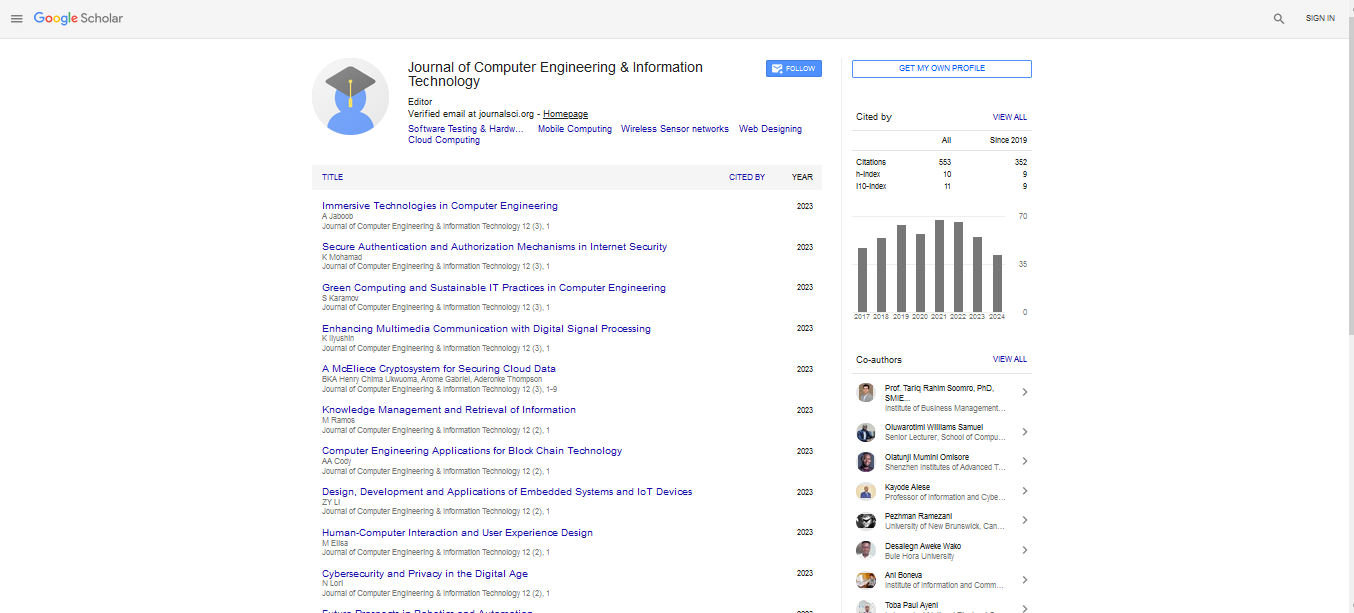Character animation using genetic algorithms
Benjamin Kenwright
Edinburgh Napier University, UK
: J Comput Eng Inf Technol
Abstract
The emergence of evolving search techniques (e.g., genetic algorithms) has paved the way for innovative character animation solutions, for example, generating human movements without key-frame data. Instead character animations can be created using biologically inspired algorithms in conjunction with physics-based systems. The development of highly parallel processors such as the Graphical Processing Unit (GPU) has opened the door to performance accelerated techniques allowing us to solve complex physical simulations in reasonable time frames. The combined acceleration techniques in conjunction with sophisticated planning and control methodologies enable us to synthesize ever more realistic characters that go beyond pre-recorded ragdolls towards more self-driven problem solving avatars. While traditional data-driven applications of physics within interactive environments have largely been confined to producing puppets and rocks, we explore a constrained autonomous procedural approach. The core difficulty is that simulating an animated character is easy, while controlling one is difficult. Since the control problem is not confined to human type models, e.g., creatures with multiple legs, such as dogs and spiders, ideally there would be a way of producing motions for arbitrary physically simulated agents. This presentation focuses on evolutionary algorithms (i.e., genetic algorithms), compared to the traditional data-driven approach. We explain how generic evolutionary techniques are able to emulate physically-plausible and life-like animations for a wide range of articulated creatures in dynamic environments. We help explain the computational bottlenecks of evolutionary algorithms and possible solutions, such as, exploiting massively parallel computational environments (i.e., Graphical Processing unit (GPU)).
Biography
Benjamin Kenwright is a part of the games technology group at Edinburgh Napier University. He studied at Liverpool and Newcastle University before moving on to work in the game industry and, eventually, joining the Department of Computing at Edinburgh Napier University. His research interests include real-time systems, evolutionary computation, and interactive animation. He is also interested in the area of physics-based simulations and massively parallel computing.
 Spanish
Spanish  Chinese
Chinese  Russian
Russian  German
German  French
French  Japanese
Japanese  Portuguese
Portuguese  Hindi
Hindi 